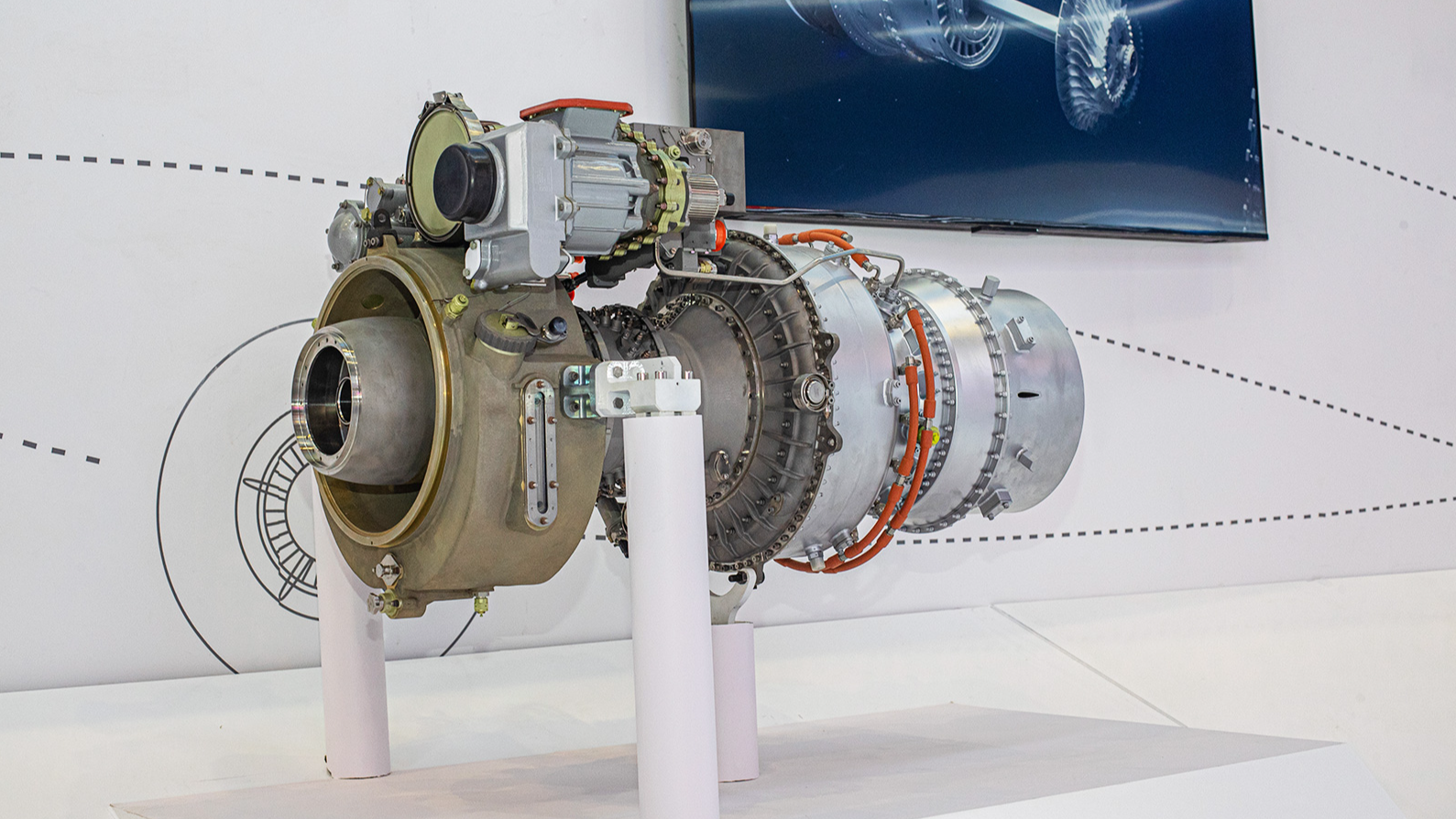I always thought China + Embraer is a formidable combination. Perfect strategic, political, and technological marriage. ARJ was constrained by the MD-90 toolsets. 30 years from now, the Aviation Duoploy can be Airbus and China+Embraer.yeah. ARJ-21 has limited market even in mainland. so developing a totally brand new engine is not feasible economically. CJ-500 appeared in many research papers in past but things never materialize.
You are using an out of date browser. It may not display this or other websites correctly.
You should upgrade or use an alternative browser.
You should upgrade or use an alternative browser.
Chinese Aviation Industry
- Thread starter FriedRiceNSpice
- Start date
The market demand for the C909 is significantly lower than that of the C919 (and this applies similarly to regional vs narrowbody airliners in general, both in China and overseas), hence the urgency to develop CJ-500 for the C909 is considerably lower than that of the CJ-1000A for the C919 (and CJ-2000 for the C929).
Also, different from the likes of narrowbody and widebody airliners, militaries around the world have little interests in acquiring regional airliners for retrofitting as executive transport and special mission aircrafts, as they would rather go smaller (i.e. business jets) or bigger (narrowbody airliners).
Moreover, compared to the C919 where COMAC has only delivered 1.07% of the confirmed orders so far - 57.94% of the confirmed orders for the C909 has already been fulfilled. Honestly, there isn't much else to be done at this point, other than tweaking certain present deficiencies and fulfilling present order backlogs.
Also, different from the likes of narrowbody and widebody airliners, militaries around the world have little interests in acquiring regional airliners for retrofitting as executive transport and special mission aircrafts, as they would rather go smaller (i.e. business jets) or bigger (narrowbody airliners).
Moreover, compared to the C919 where COMAC has only delivered 1.07% of the confirmed orders so far - 57.94% of the confirmed orders for the C909 has already been fulfilled. Honestly, there isn't much else to be done at this point, other than tweaking certain present deficiencies and fulfilling present order backlogs.
Last edited:
Any idea what type of engines it is using? The nacelles look too small for turboshaft. The 4000 km max range is even more than V22's max ferry range of 2400 miles.On October 11, in Wuhu Aviation Industrial Park, the world's first 6-ton tilt-rotor aircraft rolled off the assembly line in the Wuhu United Aircraft Production Workshop. This tilt-rotor aircraft, code-named Lanying R6000, is the world's most advanced aviation-grade drone.
It supports unmanned and manned flights, and can achieve international-level long-distance point-to-point flights. Lanying R6000 has a maximum take-off weight of 6 tons and a maximum commercial load weight of 2 tons. It can carry up to 10 passengers, has a maximum range of 4,000 kilometers, a maximum cruising speed of 550 kilometers per hour, and a maximum cruising altitude of 7,620 meters.
View attachment 137274
they didn't mention but without proper turboshaft engine they couldn't achieve this much range..Any idea what type of engines it is using? The nacelles look too small for turboshaft. The 4000 km max range is even more than V22's max ferry range of 2400 miles.
AES-100 is specially designed for 5-6 tons helicopter as per the chief designer. and AES-100 successfully obtain national certificate and started to use in some drones. so there is a chance this machine also powered by AES-100 engines.. just a guess based on recent events.

what I think they can do with C909 is just using more composites, find more weight savings, come up with new winglets to improve fuel economy on longer flights, find ways to stretch aircraft a little more to do 90-100 seats.
Of course, moving more to domestic supply chain. But they don't have that many orders left. They are not going to have access to the largest RJ market, which is America. The economics of RJ is just terrible vs mainline narrow body aircraft
Of course, moving more to domestic supply chain. But they don't have that many orders left. They are not going to have access to the largest RJ market, which is America. The economics of RJ is just terrible vs mainline narrow body aircraft
Any idea what type of engines it is using? The nacelles look too small for turboshaft. The 4000 km max range is even more than V22's max ferry range of 2400 miles.
Why does it look too small for turboshafts?
The configuration of the tilt rotor system for R6000 is similar to V280 which has a similar appearance.
Maybe because I was only thinking of V22 to compare with. Now I see V280.Why does it look too small for turboshafts?
The configuration of the tilt rotor system for R6000 is similar to V280 which has a similar appearance.
I have heard that they have already done some iterative improvements on the airframe. But nothing that provides foolproof confirmation.what I think they can do with C909 is just using more composites, find more weight savings, come up with new winglets to improve fuel economy on longer flights, find ways to stretch aircraft a little more to do 90-100 seats.
Of course, moving more to domestic supply chain. But they don't have that many orders left. They are not going to have access to the largest RJ market, which is America. The economics of RJ is just terrible vs mainline narrow body aircraft
by78
General
China has its first airfoil database to foster basic aerodynamic research and innovation. The database, which is available to academic and industry institutions, contains detailed aerodynamic and performance data on more than 1000 aircraft wing designs.






